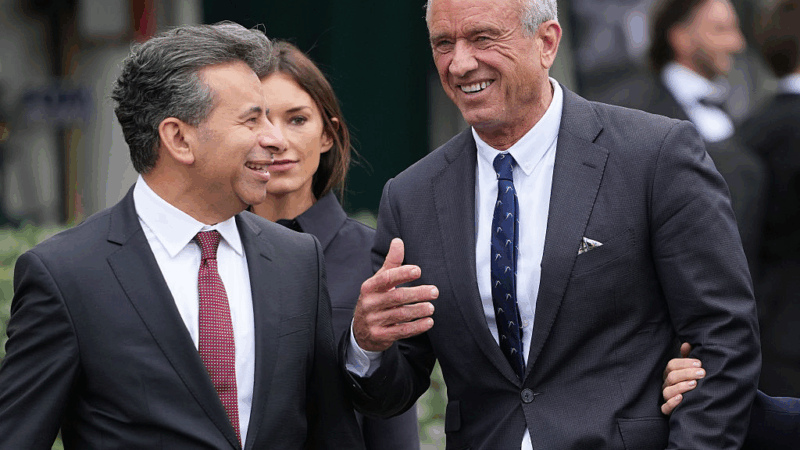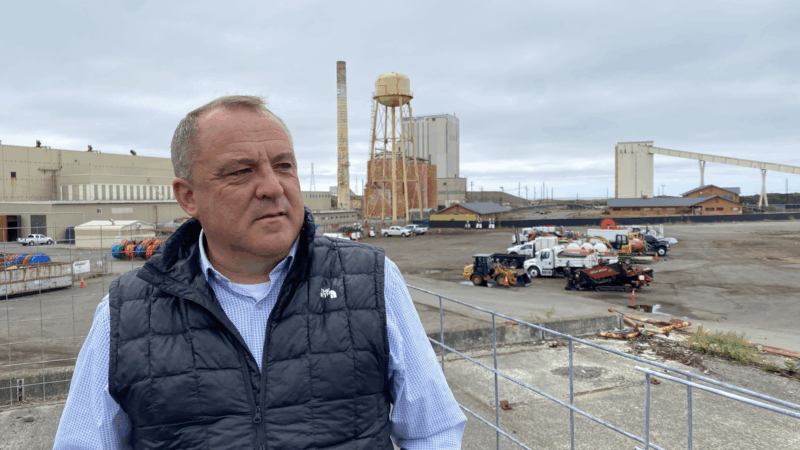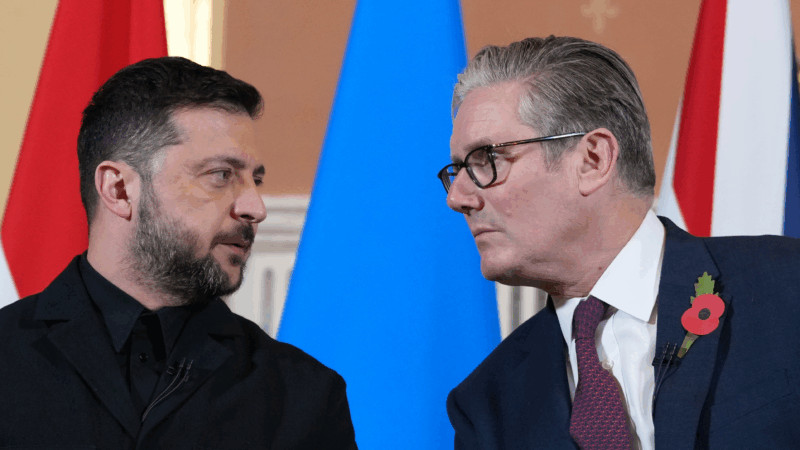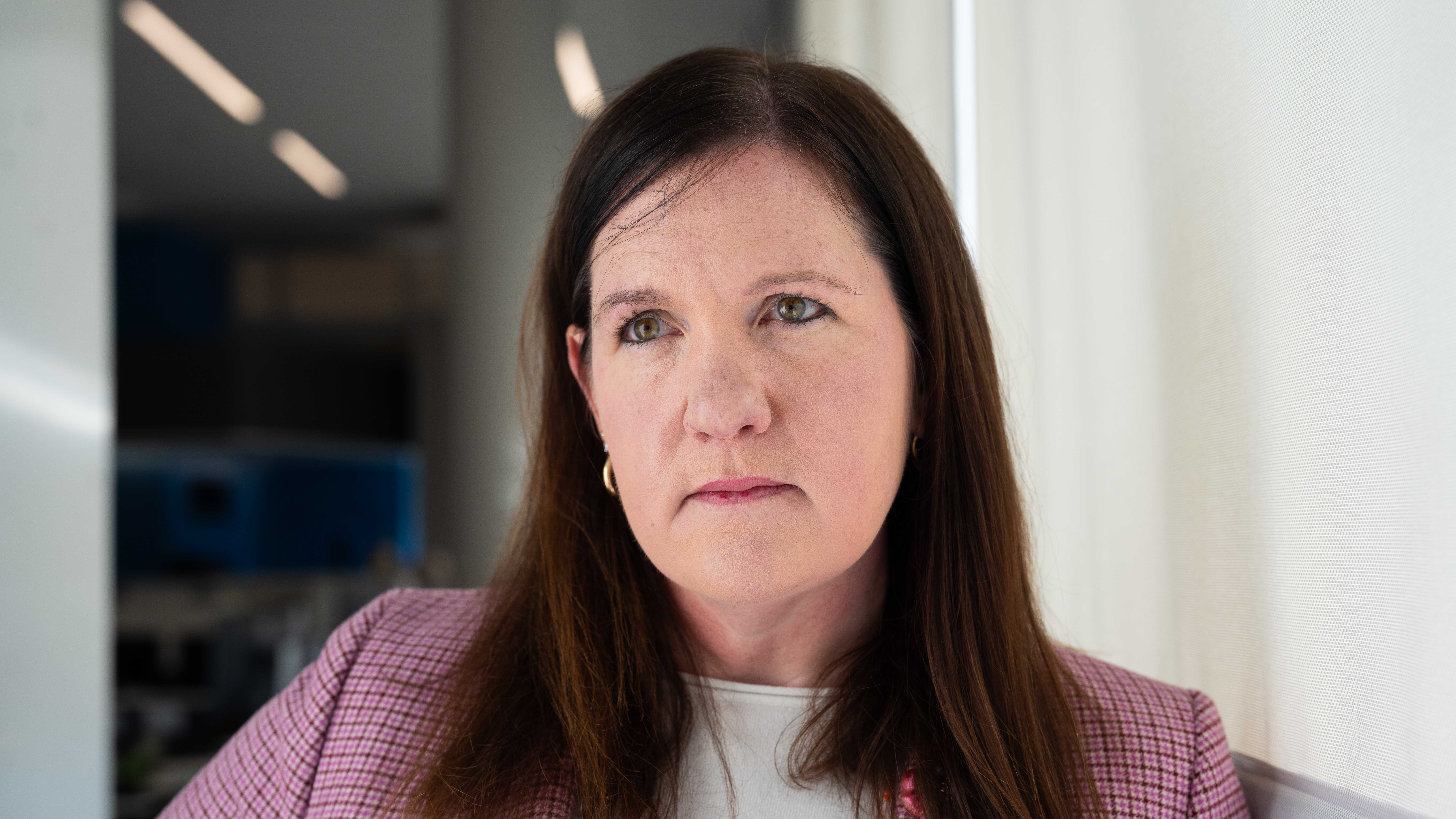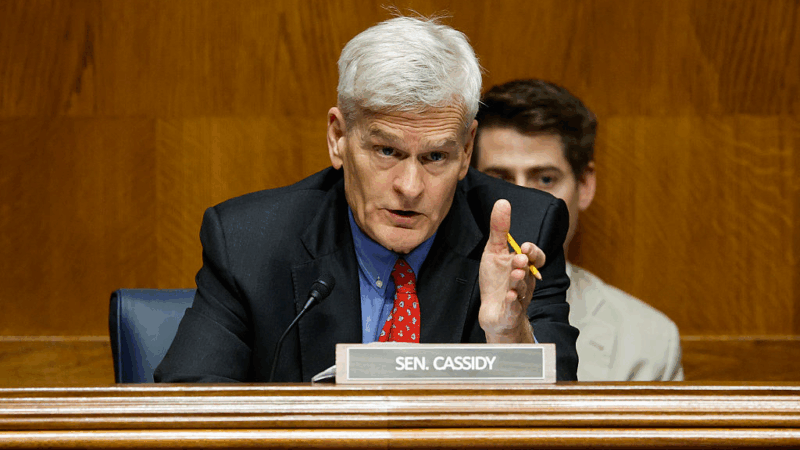Ancient miasma theory may help explain Health Secretary Robert F. Kennedy Jr.’s vaccine moves
Health Secretary Robert F. Kennedy Jr. has upended medical research and public health in the U.S. in many ways. One of the ideas that could be influencing his overhaul of federal health agencies dates back to ancient Greece.
The miasma theory is one of the first ideas that civilization hatched to try to explain why people get sick.
“It goes back to Hippocrates,” says Dr. Howard Markel, an emeritus professor of medical history from the University of Michigan, Ann Arbor. “He wrote in a book called Epidemics, that epidemics came from some type of pollution – some pollution of the atmosphere, of the air that we breathe. And hence we got terrible infectious diseases.”
This idea that, in essence, bad air caused illness was later championed by many others, including Florence Nightingale. It also led to some things that did help fight diseases, like cleaning up sewage.
But then came the germ theory — one of humanity’s big eureka moments. Scientists like Louis Pasteur and Robert Koch discovered it wasn’t some mysterious stench in the air from rotting garbage that spread diseases. Instead, it was living microscopic entities.
“They discovered what we know as germs – microbes,” says Melanie Kiechle, a historian at Virginia Tech. “Bacteria and viruses and other microscopic materials were actually what caused illness and also explained the spread of illness from one person to another. So miasma theory is debunked, essentially.”
The discovery of germs led to breakthroughs like antibiotics and vaccines.
But in a book Kennedy published about four years ago, The Real Anthony Fauci: Bill Gates, Big Pharma, and the Global War on Democracy and Public Health, the now- health secretary harkens back to the miasma theory.
“Miasma theory emphasizes preventing disease by fortifying the immune system through nutrition and reducing exposures to environmental toxins and stresses,” Kennedy writes.
But experts say one problem is how Kennedy defines miasma theory.
“I will categorically say that miasma theory, as historians of medicine and science understand it, is not what he is saying it is, period,” says Nancy Tomes, a historian of germ theory at Stoney Brook University, who wrote The Gospel of Germs: Men, Women and the Microbe in American Life.
But Kennedy’s take may help explain some of his policies, especially about vaccines.
“The miasma theory is the notion that there are environmental poisons, not necessarily rotting organic matter,” says Dr. Paul Offit, a vaccine expert at the University of Pennsylvania. “For him, those environmental poisons are electromagnetic radiation, pesticides, vaccines. Vaccines are, for him, a modern-day miasma.”
And that’s dangerous, many experts say.
“Can stress, air pollution, other things, make infections worse? Yes. But the cause of infections is a microorganism,” says Dr. Tina Tan, who heads the Infectious Disease Society of America. “It’s the microorganisms that are making people sick.”
And vaccines have clearly been shown to safely and effectively protect people against dangerous microorganisms, Tan and others say.
“He’s trying to give this false veneer of intellectualism by saying, ‘Oh, the miasma theory,'” says Dr. Amesh Adalja, a senior scholar at the Johns Hopkins Bloomberg School of Public Health Center for Health Security. “This all just obfuscation to support his idea that vaccines are not valuable.”
But some other observers argue that Kennedy’s ideas about the miasma and germ theories aren’t necessarily mutually exclusive.
“The real debate here is whether we can solve public health problems by developing treatments like vaccines, antibiotics, or other drugs? Or whether we will solve these problems by strengthening people’s immune systems through healthier habits?” says Gregg Girvan, a resident fellow at the Foundation for Research on Equal Opportunity, a Washington think tank. “And my response is, ‘Why can we not acknowledge that there is truth in both positions?'”
Kennedy’s office did not respond to NPR’s request for more information about his views about the miasma and germ theories.
Here are the 2026 Golden Globe nominations
Marlon Wayans and Skye P. Marshall presented the nominees for the 83rd Golden Globes this morning. The awards ceremony will be held on Jan. 11, hosted by Nikki Glaser.
After Texas ruling, Trump and Republicans head to 2026 with a redistricting edge
Trump has prompted a redistricting race as he tries to maintain Republican control of the House in the 2026 elections. Democrats have fewer options to counter, as the battle heads into next year.
How China, not the U.S., became the main climate solution story in 2025
The U.S. has become a "side character" in the global story of renewable energy, experts say. China dominates the sector, with positive implications for the climate and their economy.
Zelenskyy heads to London for more Ukraine peace talks. Here’s what to know
The talks signal fresh support from European allies. But they follow stalled U.S. negotiations in Miami and comments from President Trump's son suggesting Washington is ready to pull back.
Supreme Court to hear case that could vastly expand presidential powers
The Supreme Court hears arguments in a case about President Trump's firing of a Federal Trade Commissioner. At stake is a 90-year precedent limiting the president's power over independent agencies.
Republicans push high deductible plans and health savings accounts
A Republican call to give Americans cash instead of health insurance subsidies revives an old idea that has left millions with medical debt.

